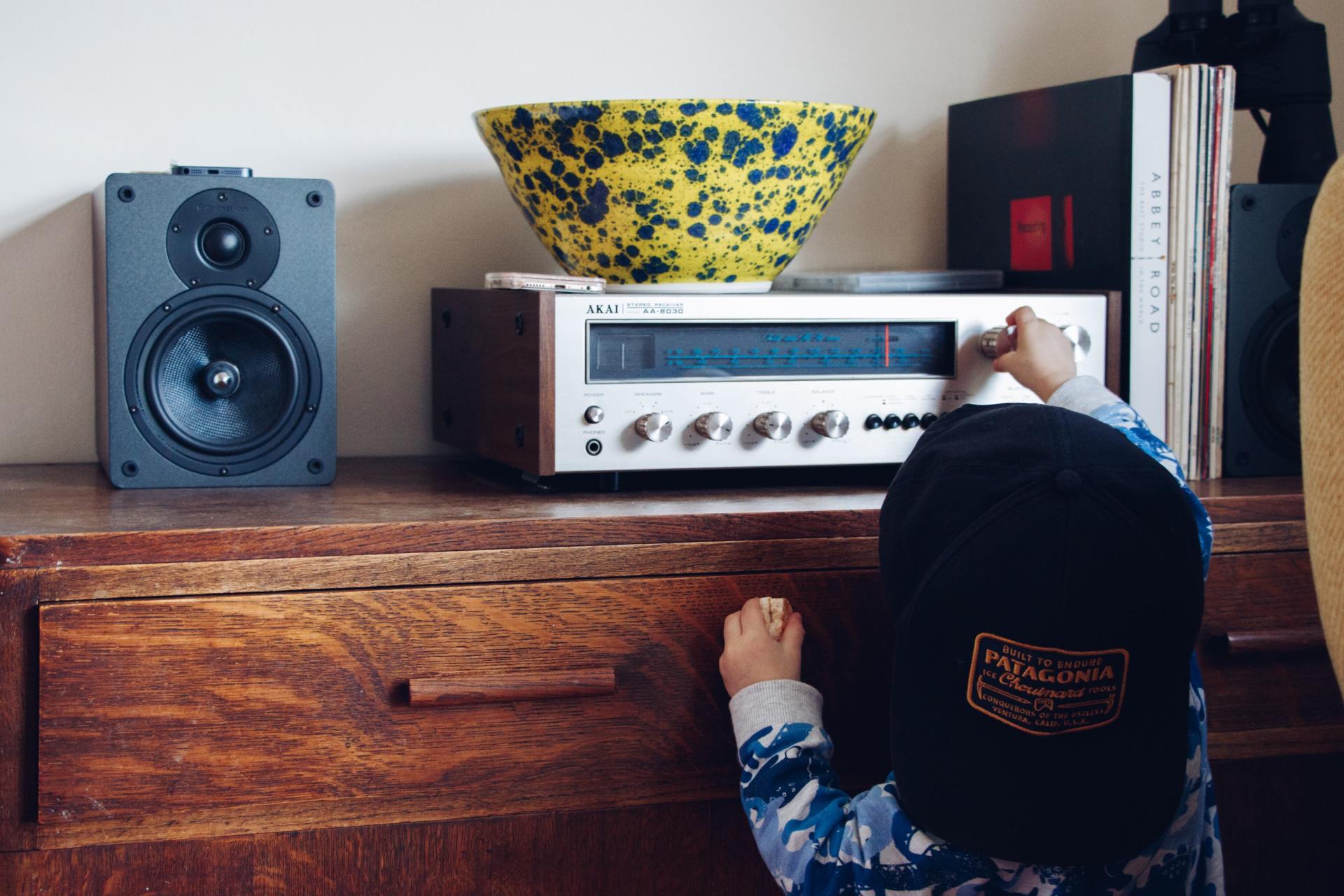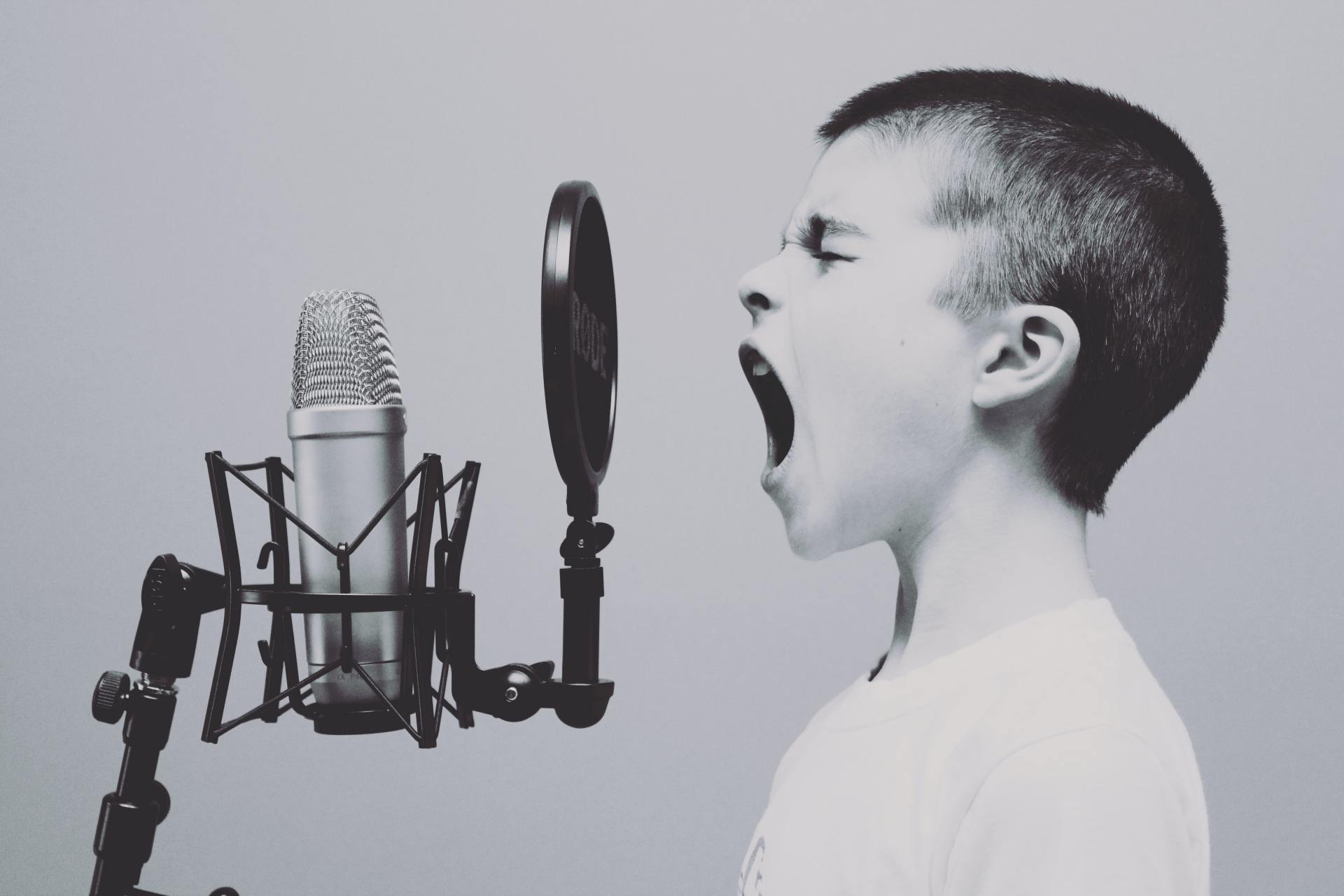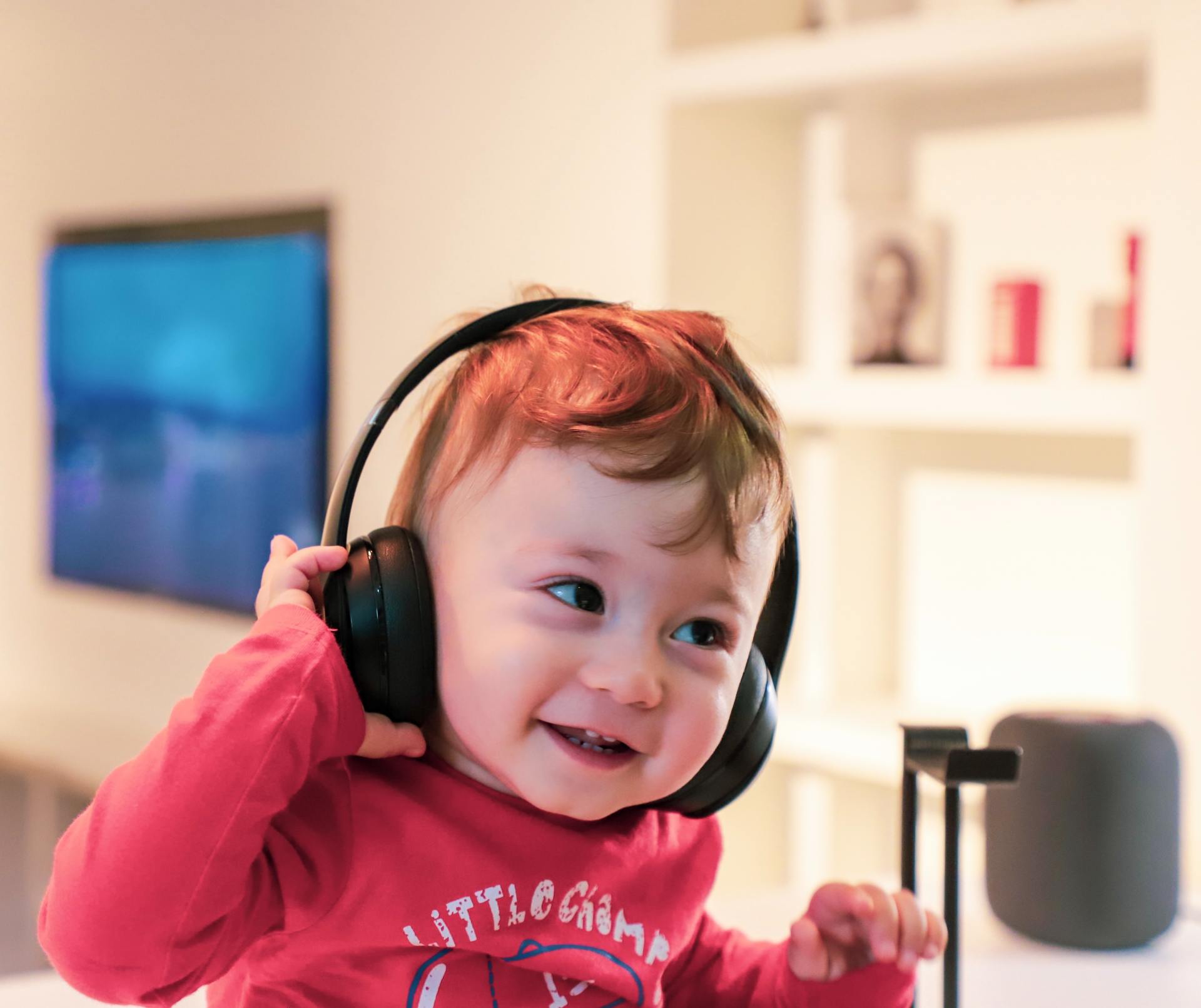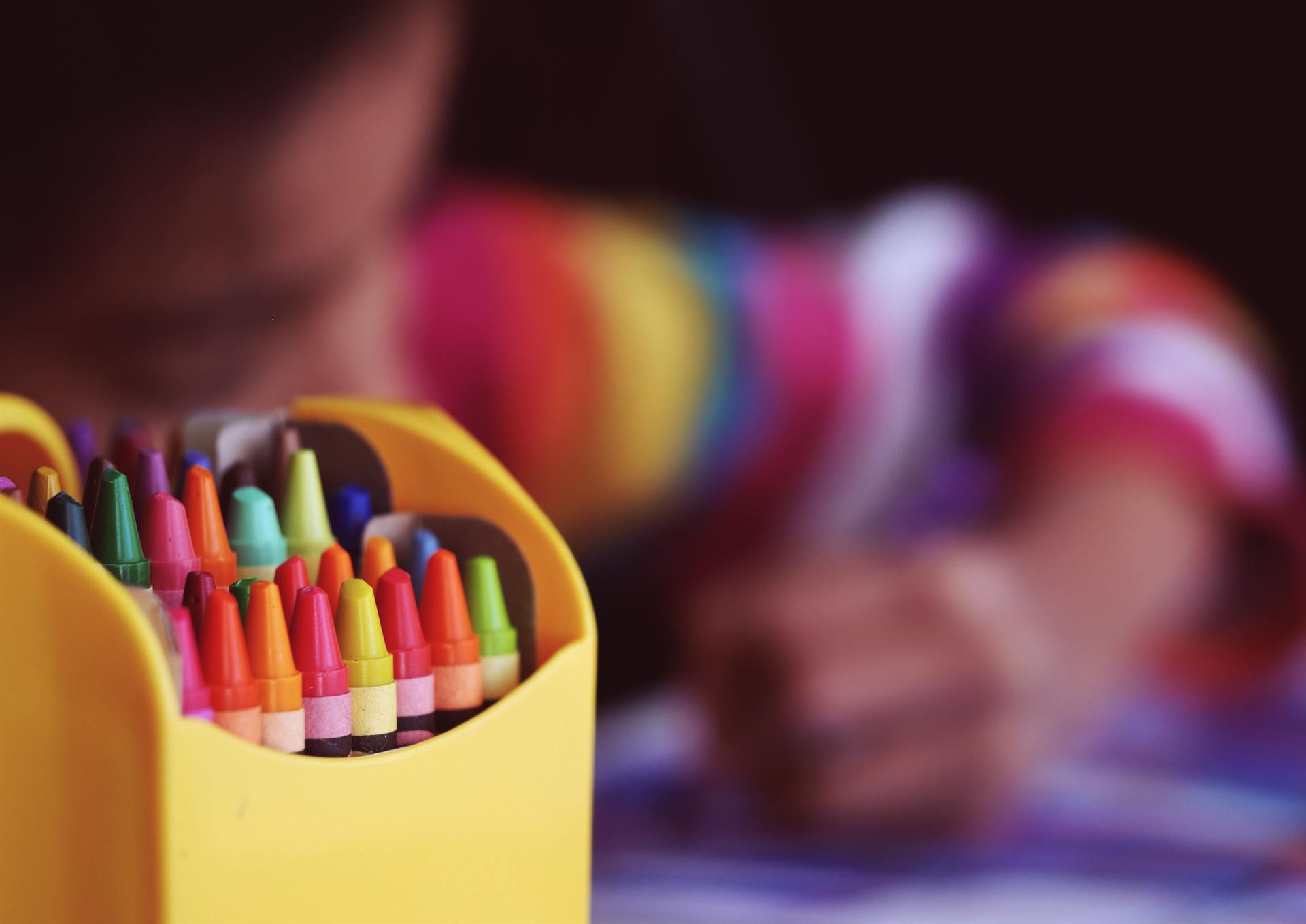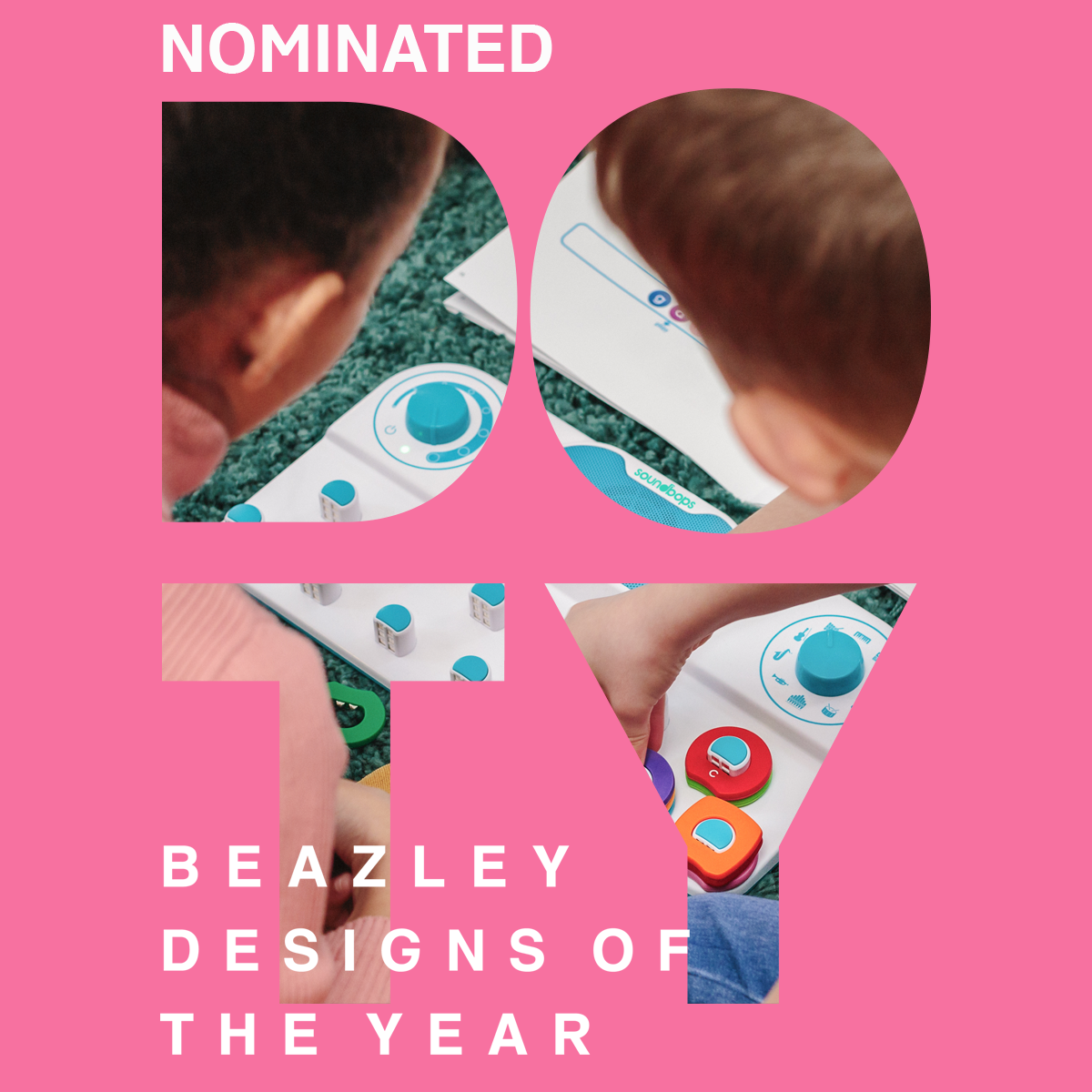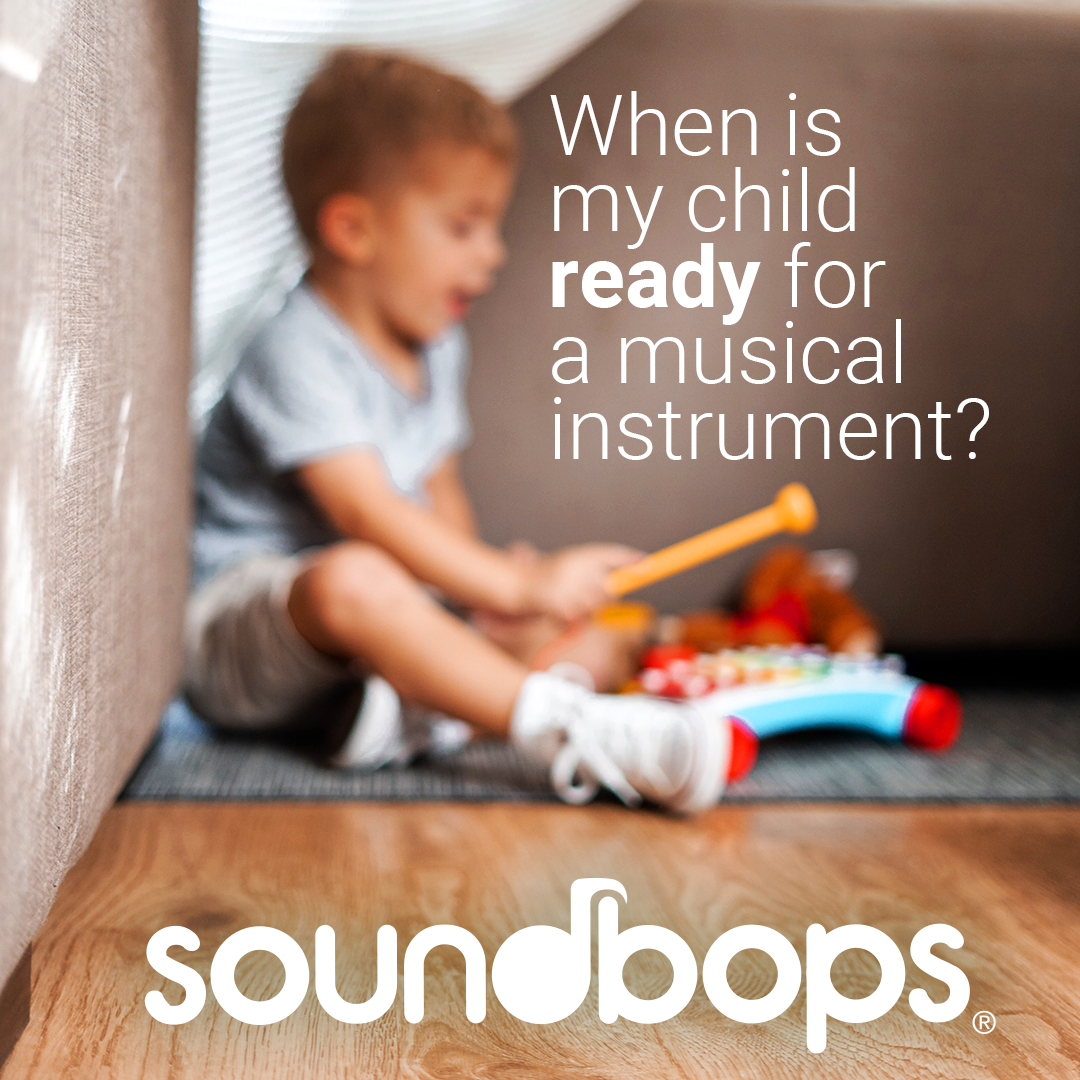You don't need to be the best singer in the world to sing to your children. When tiny, it's a fantastic way of bonding and singing them to sleep, and even introducing rhythm as you rock them.
Singing together is the best fun. Teaching them songs, singing along to the radio or recordings, and encouraging them to listen and sing along never fails.
Try teaching them to whistle. Start with the lip position and practice, practice, practice! In no time, they'll be whistling tunes they know.

